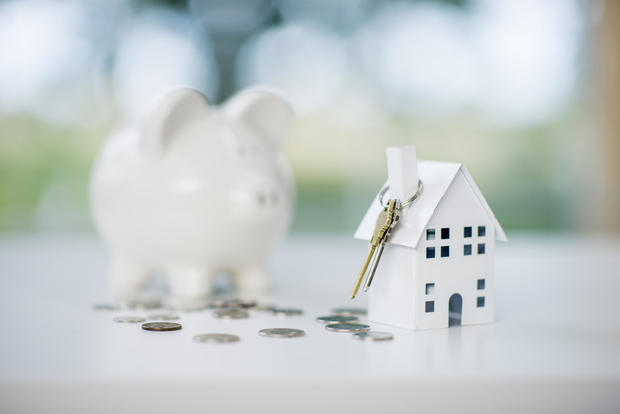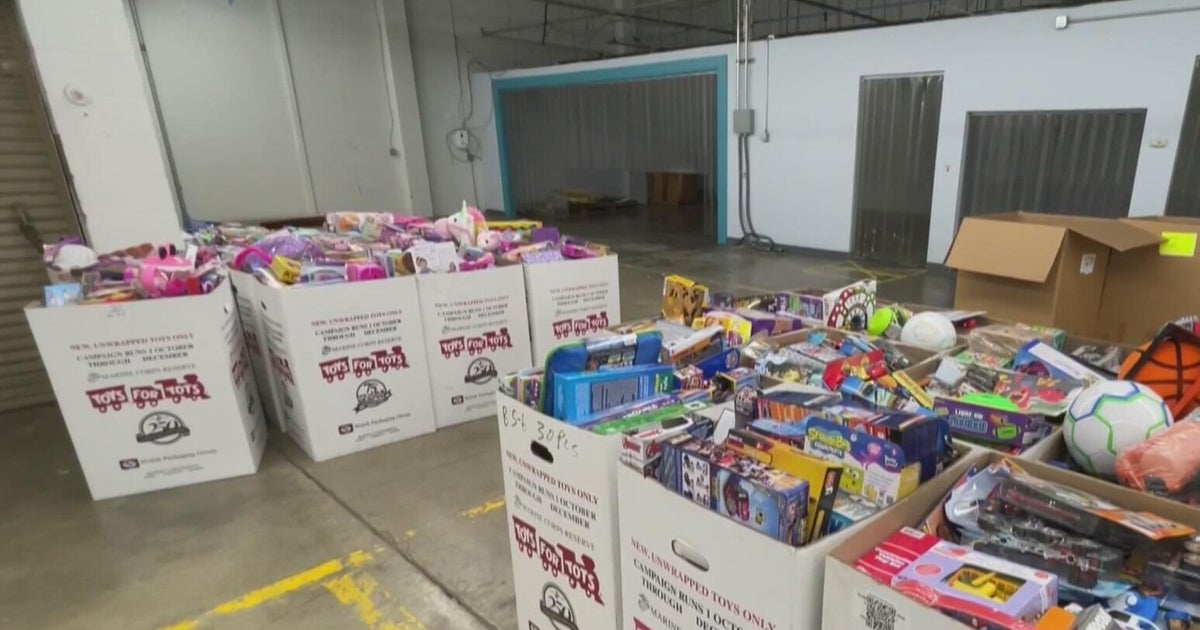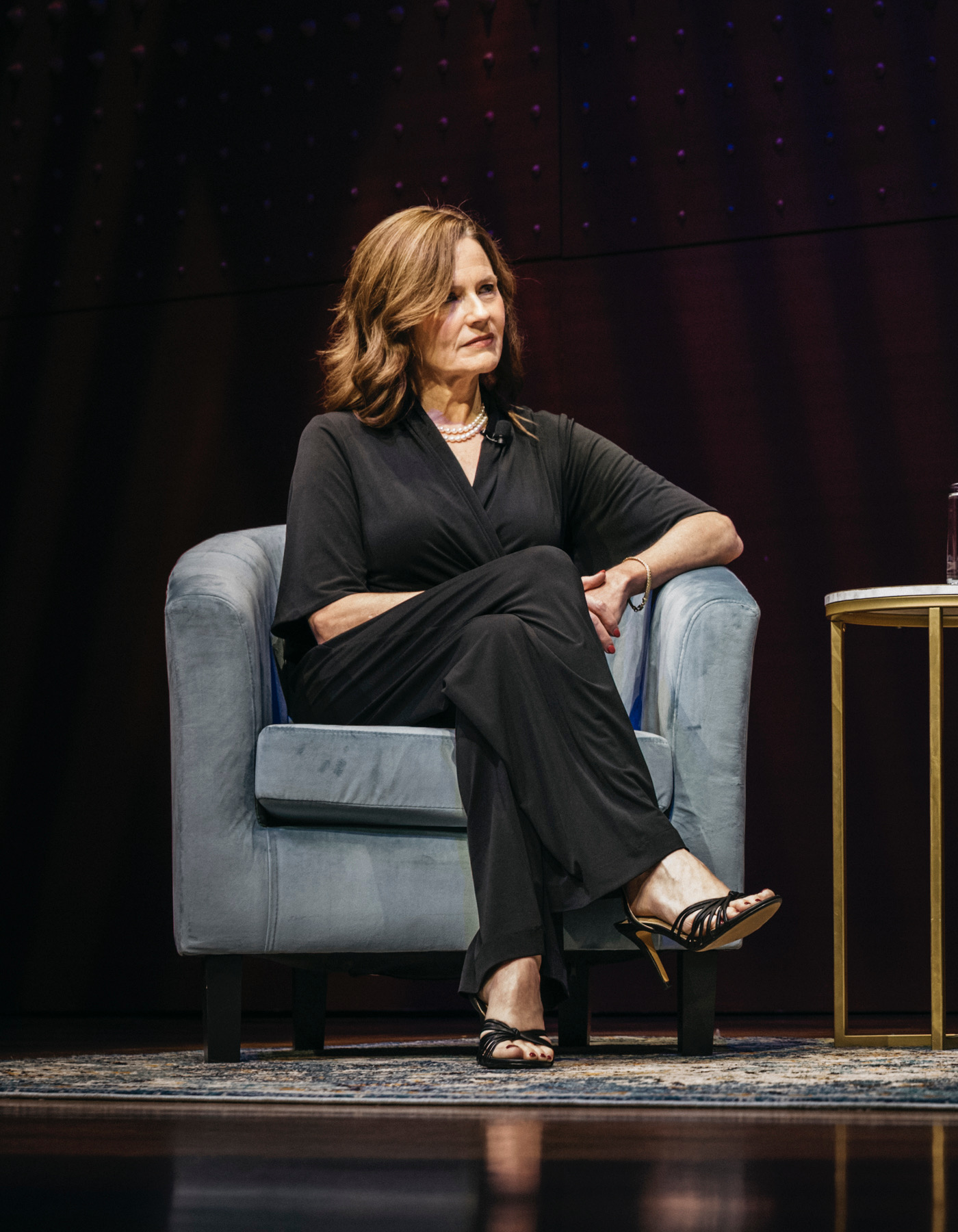What happens if you take out a HELOC but don't use it?
Home prices have skyrocketed across the nation over the past few years. A perfect storm of high demand, low interest rates and low inventory during the height of the pandemic kicked off the trend. And, as mortgage rates began to rise in 2022 and fewer homes were listed for sale, the inventory issues compounded — which further elevated home values.
Those types of issues are still prevalent in many markets nationwide, and home prices and values remain elevated. In turn, the average amount of tappable home equity now hovers around $200,000 — giving current homeowners a valuable financial tool that can be borrowed from at a low interest rate for all sorts of purposes.
You have a few different options for tapping into your home equity, including a home equity line of credit (HELOC). A HELOC is a revolving credit line that allows you to borrow against the equity in your property — and unlike home equity loans, you technically aren't required to tap into that line of credit at all. But what happens if you take out a HELOC but don't actually use it?
Explore your top HELOC options here to learn more.
What happens if you take out a HELOC but don't use it?
Because a HELOC is a line of credit rather than a lump sum loan, you technically aren't required to tap into it. And, here's what you can expect if you don't:
No interest will accrue
One of the primary benefits of having a HELOC without using it is that you won't be charged any interest — not until you actually draw funds from the line of credit, anyway. This means you can have a HELOC as a financial safety net, ready for emergencies or planned expenses, without incurring any interest expenses until you need the funds.
HELOCs typically come with variable interest rates, though, which means that the interest you'll pay can fluctuate with market conditions. So, while you won't accrue interest until you use the credit line, be prepared for potential rate increases when you do start drawing funds.
Find out the HELOC rates you qualify for here.
No monthly payments are owed
HELOCs also allow you to delay making monthly payments until you access the funds. Most HELOCs have two phases: the draw period and the repayment period. During the draw period, which can last several years, you can choose to make interest-only payments or, in some cases, no payments at all. This can provide financial relief for homeowners who want to have access to a credit line without the obligation of immediate repayment.
You'll have continual access to a line of credit
Having an unused HELOC can provide you with a safety net for unexpected expenses, such as home repairs, medical bills or other financial emergencies. And, since it's a revolving credit line, you can use it at any time during your draw period (up to your credit limit) without having to reapply for a new loan.
There could be other potential costs, though
While having an unused HELOC can be advantageous in many ways, it's essential to be aware of the potential costs. Some HELOCs come with annual fees or maintenance fees, which you might still have to pay even if you don't use the credit line. The fees you could incur, even with an unused HELOC, include:
- Inactivity fees
Some lenders may impose inactivity fees if you fail to make minimum withdrawals from your HELOC. These minimum withdrawals are often specified in your HELOC contract. If you don't adhere to these terms, you may be charged a fee. It's crucial to thoroughly read and understand the terms and conditions of your HELOC contract to avoid any unwanted surprises.
- Cancellation fees
If you decide that you no longer need your HELOC and want to close it early, you might encounter cancellation fees. These fees can vary from lender to lender, so it's essential to review your contract to understand the potential costs involved. While it's always advisable to maintain a credit line only as long as you need it, be prepared for potential fees should you decide to close your HELOC prematurely.
- Application fees and closing costs
Many lenders charge application fees and closing costs when you set up a HELOC. These costs can include appraisal fees, title search fees and other administrative charges. So, if you open a HELOC but never use it, you could be paying for these fees for virtually no reason.
The bottom line
An unused HELOC can provide financial security and flexibility for homeowners. You won't accrue interest or have monthly payments until you access the funds, which can be particularly helpful in times of financial uncertainty. However, it's essential to be aware of any associated costs, such as annual fees or inactivity charges. After all, responsible management of your HELOC is crucial to ensure it remains a valuable financial tool without becoming a financial burden.






